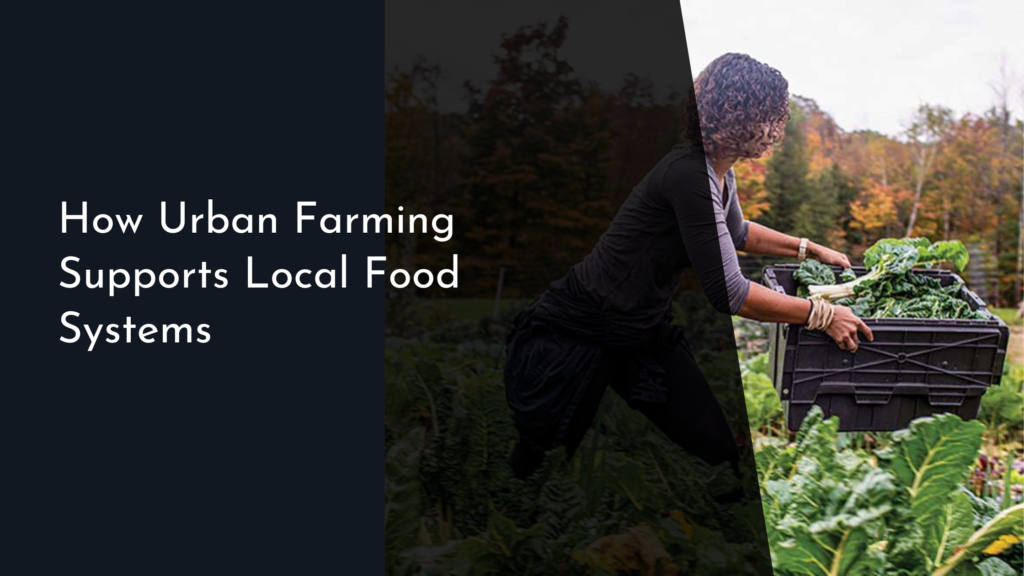How biodegradable bioplastics are manufactured
Bioplastics have emerged as a promising solution to the environmental challenges posed by traditional petroleum-based plastics. As the world becomes more conscious of sustainable practices, biodegradable bioplastics represent a cheerful leap toward greener alternatives. These innovative materials not only reduce plastic waste but also offer a way to harness the power of nature in our everyday products. In this article, we will delve into the fascinating world of biodegradable bioplastics, exploring their sourcing, manufacturing, and the exciting future that lies ahead.
Understanding Bioplastics: A Cheerful Introduction to Nature’s Gift
Bioplastics are an exciting category of materials that are derived from renewable biomass sources, such as plants and agricultural waste. Unlike conventional plastics made from fossil fuels, bioplastics can degrade naturally, breaking down into harmless substances over time. This attribute makes them an eco-friendly alternative, reducing the burden on landfills and minimizing pollution. The cheerful aspect of bioplastics lies in their potential to contribute to a circular economy, where materials are reused and recycled rather than discarded.
As awareness of environmental issues grows, so does interest in bioplastics. Consumers are increasingly seeking products that align with their values, and manufacturers are responding by innovating and investing in sustainable materials. This shift toward bioplastics not only reflects a positive change in consumer behavior but also highlights the immense potential of nature to provide effective solutions to our plastic dependency. Through simple adjustments in our choices, we can embrace a more sustainable lifestyle with bioplastics leading the way.
The Raw Materials: Sourcing Sustainable Ingredients for Bioplastics
The journey of biodegradable bioplastics begins with sourcing sustainable raw materials. Common ingredients include starch from corn, sugarcane, and cassava, as well as biopolymers like polylactic acid (PLA) and polyhydroxyalkanoates (PHA). These materials are often derived from agricultural byproducts, which helps reduce waste and supports the agricultural economy. By utilizing renewable resources, manufacturers can create bioplastics that not only meet consumer demands but also promote sustainability.
Sourcing these raw materials involves careful consideration of the environmental impact of cultivation and production processes. Sustainable farming practices are essential to ensure that the production of bioplastics does not compete with food supplies or harm ecosystems. By opting for responsibly sourced ingredients, companies help support biodiversity and maintain healthy soil conditions, ensuring that the production of bioplastics is a truly green endeavor. This responsible sourcing showcases the joyful synergy between industry and nature.
The Manufacturing Process: Turning Plants into Biodegradable Wonders
The manufacturing process of biodegradable bioplastics is an intricate dance of technology and nature. It begins with the extraction of starch or sugars from raw materials, followed by fermentation or polymerization to create biopolymers. For instance, during the production of PLA, corn starch is converted into glucose, which is then fermented by microorganisms to produce lactic acid. This lactic acid undergoes polymerization to form long chains, resulting in the creation of PLA. Meanwhile, PHA is produced by bacteria that metabolize organic materials, showcasing the incredible capabilities of nature’s own systems.
Once the biopolymer is formed, it can be processed using conventional plastic manufacturing techniques, such as extrusion or injection molding. This means that bioplastics can be produced in a manner similar to traditional plastics, making the transition to sustainable materials smoother for manufacturers. Furthermore, the end products can be designed to meet specific performance criteria, ensuring that they are not only eco-friendly but also functional. The whole process reflects an uplifting harmony between technology and nature, leading to the creation of biodegradable wonders!
The Future of Bioplastics: Innovations for a Greener Tomorrow
As we look toward the future, innovation in the field of bioplastics is brimming with excitement and potential. Researchers are exploring new biopolymers and alternative sources for raw materials, such as algae and waste materials from food production. This research aims to create even more effective and versatile bioplastics that can replace traditional plastics across various applications, from packaging to automotive components. The journey toward more sustainable options is far from over, and the possibilities are endless!
Moreover, the integration of circular economy principles is gaining traction in the bioplastics industry. Companies are increasingly focusing on not just the production but also the end-of-life management of bioplastics, ensuring they can be composted or recycled effectively. As technologies evolve and consumer demand for eco-friendly products continues to rise, the bioplastics sector is poised for an exciting transformation. With each innovative step, we can look forward to a greener tomorrow filled with joyful, sustainable choices.
In conclusion, biodegradable bioplastics represent a bright and cheerful pathway toward a more sustainable future. By harnessing the power of renewable resources and innovative manufacturing processes, we can reduce our reliance on traditional plastics and their environmental impact. As the bioplastics industry continues to evolve, it embodies hope and responsibility, demonstrating that we can coexist harmoniously with nature. By choosing bioplastics, we not only support a healthier planet but also participate in a global movement toward sustainability. Together, we can make a difference!

